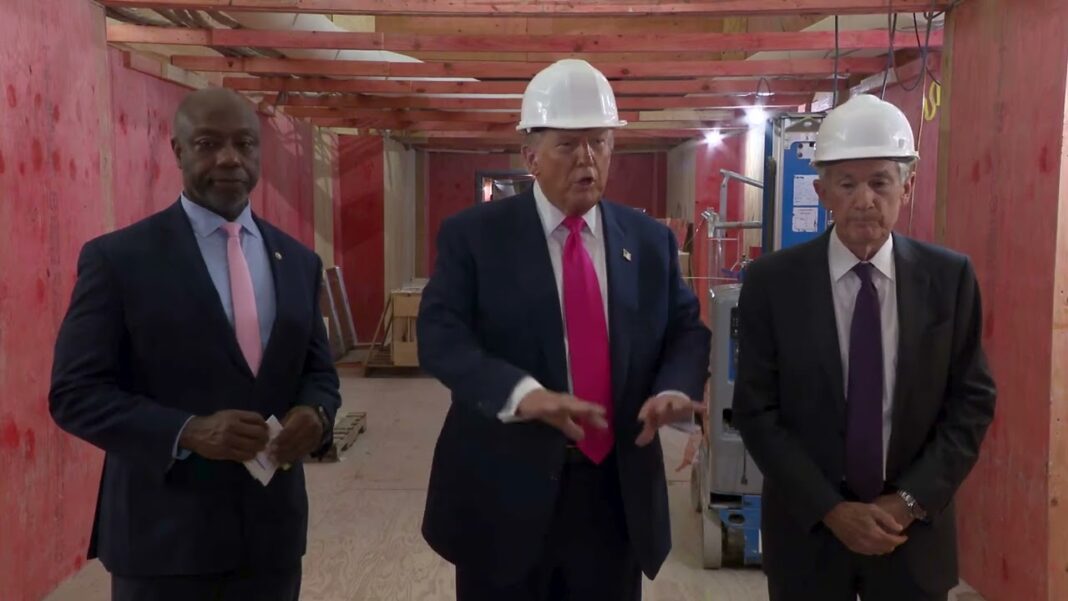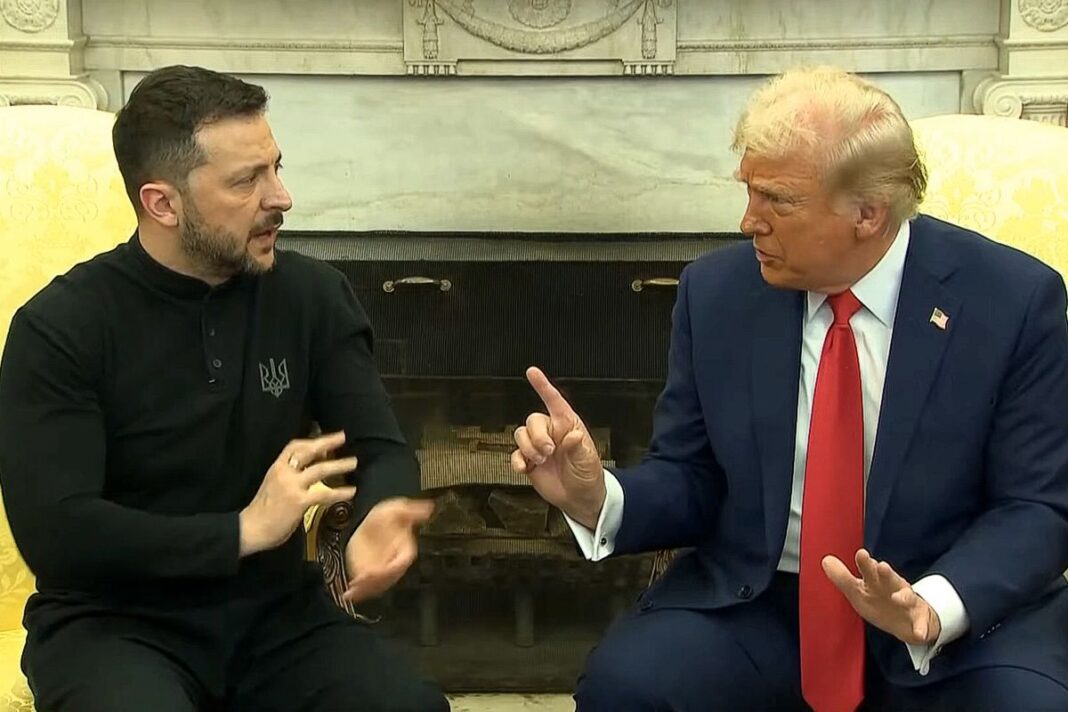Trump’s tariff windfall hit a new record—but it wasn’t enough to offset higher spending, driven in part by high debt servicing costs.
The U.S. budget deficit widened in July, climbing to $291 billion even as the government collected an unprecedented amount from tariffs, according to Treasury Department data released on Aug. 12.
The shortfall—up from $244 billion a year earlier—came as federal spending rose at a much faster pace than revenues. Outlays for the month hit $630 billion, a record high for July, reflecting higher interest costs on the national debt and increased spending across a range of programs.
Tariff collections, fueled by President Donald Trump’s trade measures, surged to more than $28 billion in July, breaking the previous record set just a month earlier. The jump came on top of a $27 billion haul in June that helped the government post a rare monthly surplus.
Since the fiscal year began in October, tariff receipts have now topped $154 billion as of Aug. 8, according to the Treasury’s Daily Treasury Statement—a more current figure than the $135.7 billion reported for the same period in the July Monthly Treasury Statement.
The tariff revenue surge has been driven by Trump’s trade policies, a key fixture of which is a 10 percent baseline levy on nearly all imports along with a series of reciprocal duties—some as high as 40 percent—that have taken effect against dozens of trading partners. Trump has argued that the higher duties will deliver a lasting boost to government finances and has floated the idea of sending some of the proceeds back to taxpayers as rebate checks. Treasury Secretary Scott Bessent has forecast that tariff revenues could reach $300 billion by year’s end, though some analysts say that goal is ambitious.
Economists agree the tariffs are reshaping trade flows and bringing in substantial revenue, but differ on how much the costs will reach consumers. Goldman Sachs economists said in a note this week that U.S. consumers have so far absorbed roughly 22 percent of the costs from Trump’s tariffs but could be shouldering about two-thirds by year-end if past patterns hold—a shift they project would push core inflation higher and leave businesses bearing far less of the burden than they do now.
By Tom Ozimek







